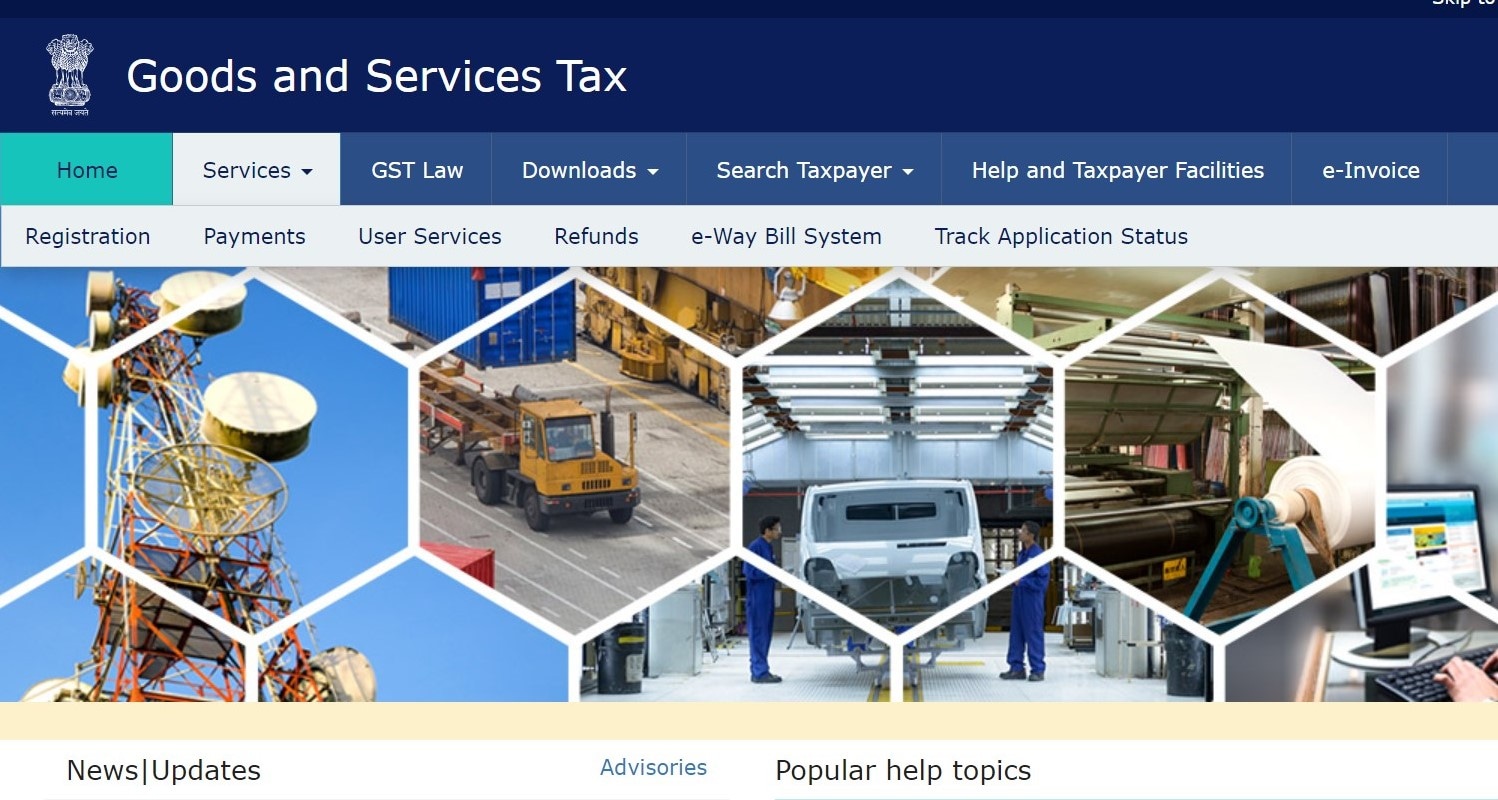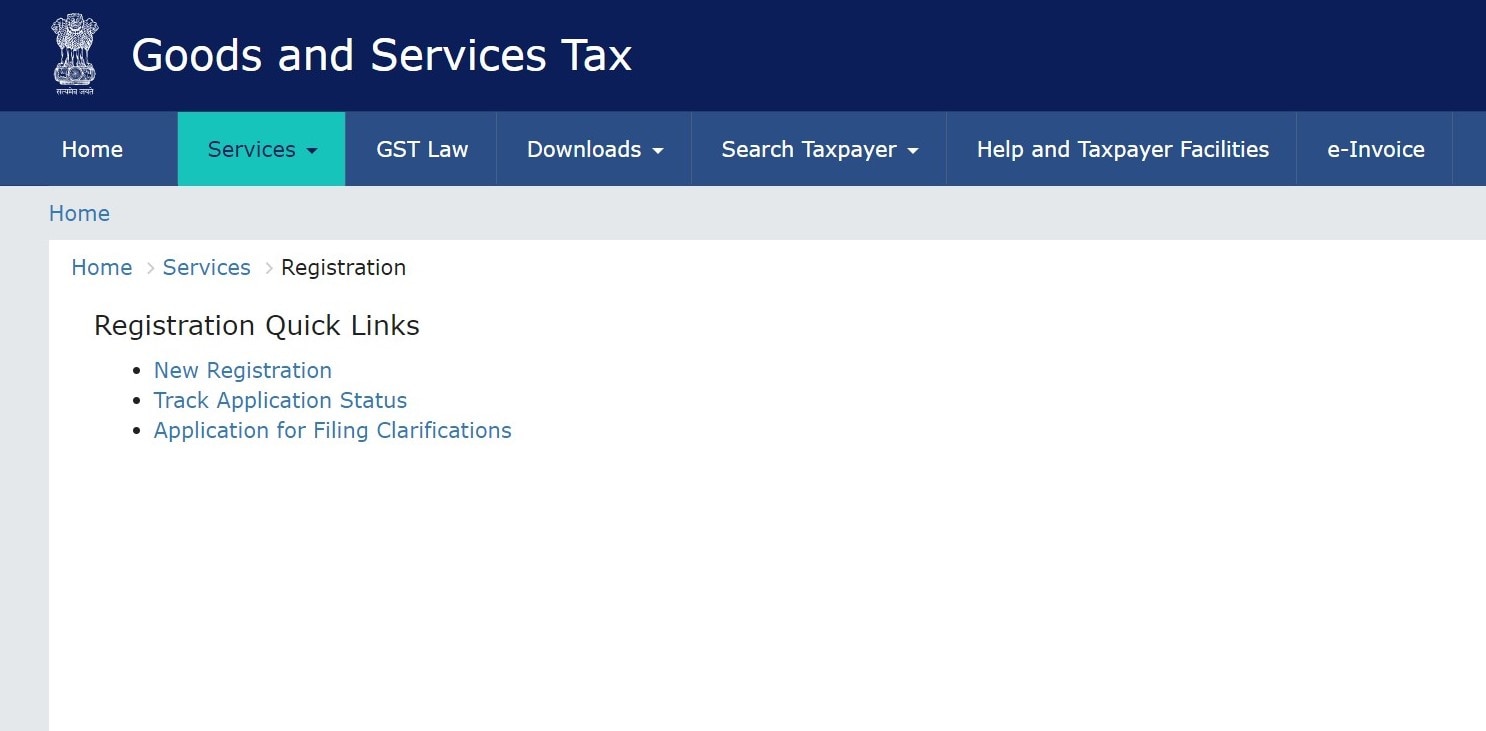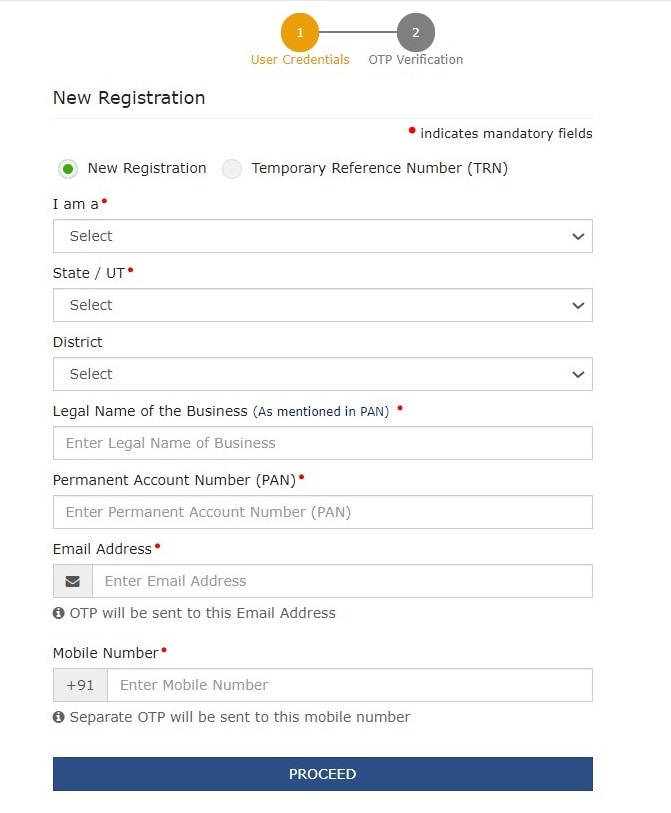
How to get the GST number?
Wondering how to get the GST number? Learn the simple steps to the GST registration process and secure your GST number today

The Goods and Services Tax (GST) is an all-encompassing indirect tax levied on the supply of goods and services throughout India. It was implemented in India on July 1, 2017, replacing several indirect taxes that were previously applicable at both the central and state levels. The businesses registered under the GST regime collect taxes from their customers and remit the collected GST to the government, creating a unified and streamlined tax structure.
One crucial aspect of operating within this GST regime is acquiring a GST number. How to get the GST number though, you wonder?
What is the GST number?
The Goods and Services Tax Number, or the Goods and Services Tax Identification Number (GSTIN), is a unique 15-digit alphanumeric code assigned to businesses registered under India’s GST system. It’s a unique ID card for businesses registered within the GST framework.
Here’s a breakdown of what the GST number comprises:
- First two digits: The first two digits represent the state where the business is registered, i.e., the state code.
- Next ten digits: The next ten digits represent the PAN (Permanent Account Number) of the business owner.
- Thirteenth digit: The thirteenth digit denotes the number of registrations done by a firm within a state under the same PAN.
- Fourteenth digit: The fourteenth digit is the alphabet ‘Z’ by default.
- Last digit: The last digit denotes the check code to detect errors.
Next up: obtaining a GST number, which begins with the GST registration process.







